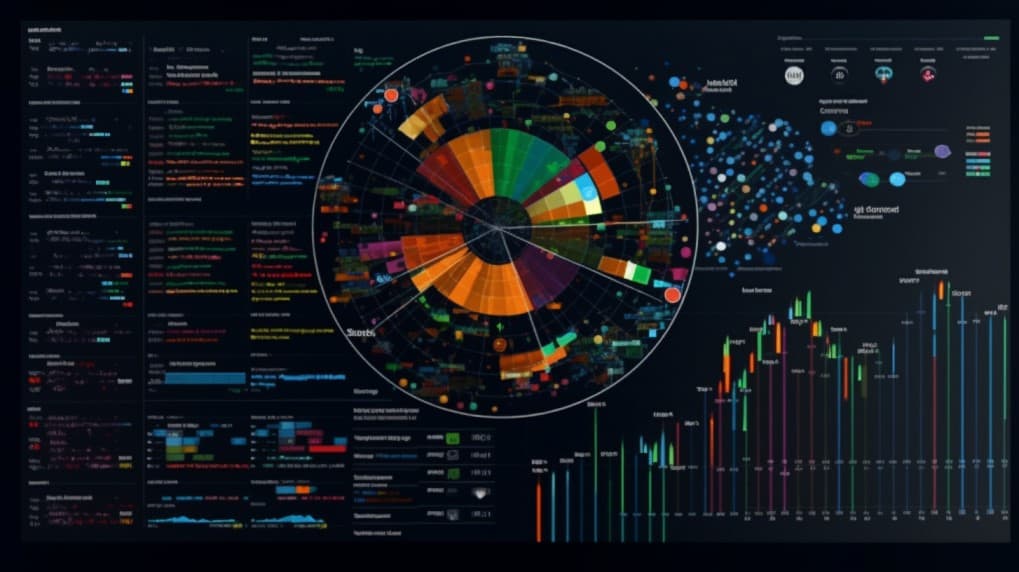
HYG VS IWB: A Comprehensive Comparison of ETFs
Understanding the Face-Off: HYG Vs IWB in the Investment Landscape
HYG Vs IWB Overview
When it comes to investing in ETFs, the choices can be overwhelming. Two prominent options in the market are the iShares iBoxx $ High Yield Corporate Bond ETF (HYG) and the iShares Russell 1000 ETF (IWB). Both offer distinct advantages and disadvantages, catering to different investment strategies. This article aims to delve into the specifics of HYG Vs IWB, from their sectors to capitalization strategies and tracking mechanisms, providing a comprehensive view for investors.
HYG Vs IWB Sectors and Top Holdings
The iShares iBoxx $ High Yield Corporate Bond ETF (HYG) is predominantly invested in high-yield corporate bonds, focusing on various sectors like financials, utilities, and industrials. On the other hand, the iShares Russell 1000 ETF (IWB) is aimed at replicating the performance of the Russell 1000 Index, which consists of the top 1,000 U.S. companies by market capitalization. This makes IWB a diversified play, covering sectors from technology to healthcare. Therefore, when considering HYG Vs IWB, it's crucial to align the ETF with your preferred sectors and risk tolerance.
 HYG overlap HYG VS IWB: A Comprehensive Comparison of ETFs
HYG overlap HYG VS IWB: A Comprehensive Comparison of ETFs
HYG Vs IWB Capitalization Strategy
Capitalization is another area where HYG and IWB differ considerably. HYG primarily targets high-yield bonds, usually from companies that are not blue-chip and thus, inherently carry more risk. Conversely, IWB is focused on large-cap stocks, which are generally considered to be more stable and less risky compared to high-yield bonds. If you're an investor who is risk-averse, you might find IWB to be a more suitable option. On the flip side, if you're willing to take on more risk for potentially higher returns, HYG might be the better fit.
HYG Vs IWB Tracking and Exposure
Both ETFs aim to closely track their respective indices. HYG tries to mimic the iBoxx $ High Yield Corporate Bond Index, offering exposure to U.S. dollar-denominated, high-yield corporate bonds. IWB seeks to replicate the performance of the Russell 1000 Index, thus providing broad exposure to large-cap U.S. stocks. However, it's worth noting that the tracking error can be higher for HYG due to the illiquidity and volatility often associated with high-yield bonds. In contrast, IWB tends to have a lower tracking error due to the inherent stability and liquidity of large-cap stocks. This makes IWB a more predictable choice for those focused on long-term, stable growth.
Conclusion
Deciding between HYG Vs IWB boils down to your investment goals, risk tolerance, and the sectors you're interested in. HYG is better suited for those seeking potentially higher returns and willing to tolerate higher risk. IWB is more suitable for conservative investors looking for stable growth through large-cap stock exposure. Understanding the key differences between these two ETFs can aid in making an informed investment decision tailored to your financial objectives.
HYG ETF issuer
HYG ETF official page
HYG quote and analysis
Discover the top holdings, correlations, and overlaps of ETFs using our visualization tool.
Our app allows you to build and track your portfolio.
To learn more about the HYG iShares iBoxx $ High Yield Corporate Bond ETF, access our dedicated page now.